National Emergency department overdose Risk Report
This 68-page report provides national, regional, and state-specific estimates of ED visits by patients at increased risk for opioid overdose.
Unlike previous studies that focused solely on volumes of patients actively treated for overdose, this report encompasses a broad definition of patients truly at risk for opioid overdose who seek care in EDs.
Key findings include:
In 2021, U.S. emergency departments likely saw at least 4.4 million visits by patients at increased risk for opioid overdose, constituting over 3% of all ED visits.
While visits for active opioid overdose treatment make up less than 5% of these at-risk visits, nearly half are flagged due to current or historical nonopioid drug use, "abuse," or dependence.
Over 18% of at-risk visits were by patients who are on long-term prescription opioid therapy.
Special populations, such as pregnant or postpartum patients, also represent a significant portion of at-risk ED visits, with an estimated 40,000 annual visits.
These findings underscore the critical role that emergency departments play in addressing the opioid overdose crisis. Emergency departments serve as primary access points for healthcare for many individuals at risk of overdose, making them an essential setting for intervention and support.
The report also highlights regional, demographic, and insurance differences in ED visits by patients at increased risk of opioid overdose. Nearly 40% of visits by at-risk patients were covered by Medicaid, and another 15% had no insurance.
The opportunity for emergency departments to address the opioid overdose crisis is substantial. However, barriers exist at the hospital, state, and national levels that must be addressed to make naloxone distribution and other interventions a reality.
